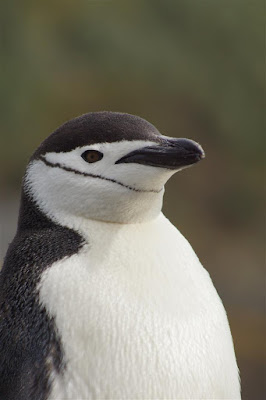As mentioned previously, and on the blog on the official BAS website (
https://www.bas.ac.uk/blogpost/antarctic-blog-exploring-an-island-abundant-with-wildlife/ ), the seal season is a lot quieter now than it was a month ago. We've just got a few things to wrap up, and then the main focus will be learning techniques for my winter as the only seal biologist on Bird Island. During this time I'll catch up on lab and computer work to get all the data ready in time for a report to CCAMLR. After we see the first leopard seal around or on the shores, I'll start a daily 'lep round', looking for individuals in the water or hauled out, documenting their behaviour, collecting scats for diet analysis, biometrics and photos for identification purposes. There will also be a rush to finalize all of the documentation and shipping preparations for last call in April, where all of our samples will leave with our fellow summer team, exchanged for some post from home and hopefully some fresh food for the four of us staying behind for the winter. This year isn't as straight forward as some have been. As Lucy has extended her stay by a year (totaling 2.5 years!), she is going home for 6 weeks to see loved ones, so Jerry will be staying on the island for the first 6 weeks of winter before heading home when Lucy returns.
In the meantime however, I'm enjoying having a bit more time during the day to go out and spend time with the growing and moulting pups, and to get involved with other jobs. These have included getting hands on with macaroni penguins and molly albatross (grey-head and black-brow). I've also been spending some time up on wanderer ridge overlooking Bird Sound (the 500m wide section of water that separates us from mainland South Georgia) and on Gazella (a rocky hill behind base, that overlooks the dramatic north cliffs). This isn't just to enjoy the view however, I've been devising a protocol for a standardized cetacean survey. There are quite a few cetacean sightings from Bird Island every year, although these are purely incidental and there is no effort related data to show how much time is spent looking out to sea. This means that for the most part, it is simply a number of whales seen and not much can be done with this data to look at trends in occurrence across months, years or weather conditions. I'm hoping to change this, even if it does mean a bit of extra work! I've had a fair bit of experience in the UK and Ireland watching out for smaller cetacean species, and surveying for whales in California. However, this is the first time I'm starting a survey from scratch, which is exciting! Of course, Bird Island is fairly famous for its mist, high winds and nasty weather, so I'm hoping for some decent days to get some surveying done to iron out initial creases in the protocols.

















